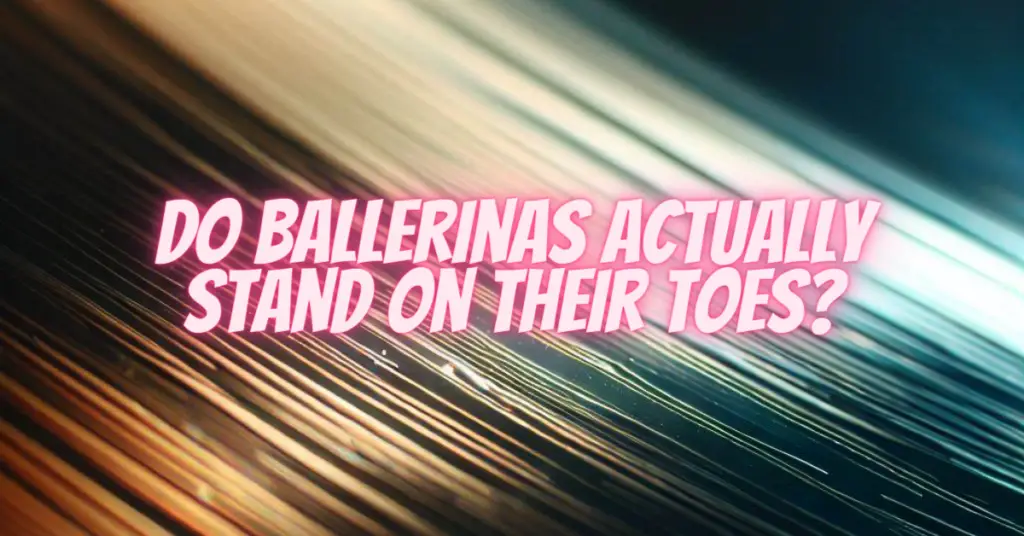Ballet, with its grace, precision, and ethereal beauty, has long captivated audiences around the world. One of the most iconic and mesmerizing techniques in ballet is the en pointe, where ballerinas seem to defy gravity by balancing on the tips of their toes. In this article, we will explore the art of dancing en pointe, shedding light on the training, technique, and dedication that allow ballerinas to achieve this seemingly weightless and elegant form of dance.
1. The En Pointe Technique:
Dancing en pointe involves supporting the body’s entire weight on the tips of the toes while wearing specially designed pointe shoes. The technique requires incredible strength, balance, and flexibility, especially in the ankles and feet. Ballerinas rise onto the balls of their feet, with the toes fully extended and the heels lifted off the ground. This technique creates an illusion of weightlessness, allowing dancers to perform intricate and delicate movements with grace and poise.
2. Training and Preparation:
Before a dancer can dance en pointe, years of rigorous training and preparation are necessary. Young ballet students undergo extensive training to build the strength and flexibility required for this technique. Teachers focus on developing the muscles in the feet, ankles, and legs through specific exercises and stretches. Only when a dancer has acquired the necessary strength and technique, typically after several years of training, are they introduced to dancing en pointe.
3. Pointe Shoes:
Pointe shoes play a vital role in enabling ballerinas to dance en pointe. These specially crafted shoes feature a reinforced box at the toe, which provides support and stability. Dancers spend time finding the right fit and style of pointe shoes that complement the shape of their feet. Properly fitted pointe shoes help distribute the body’s weight more evenly and reduce the risk of injuries during en pointe work.
4. Safety and Technique:
Dancing en pointe requires precise technique to prevent injuries and ensure the dancer’s safety. Ballerinas must engage their core muscles and maintain proper alignment to avoid straining their ankles, knees, and back. Additionally, they need to distribute their weight evenly across the toes to maintain balance. Skilled teachers provide guidance and corrections to help dancers refine their technique and reduce the risk of injury.
5. Artistry and Expression:
Dancing en pointe is not merely a technical feat but also a means of artistic expression. Ballerinas use this technique to convey emotions, tell stories, and create breathtaking visual effects on stage. The combination of technical mastery and artistic interpretation allows dancers to transport audiences into a world of enchantment and beauty.
Conclusion
Dancing en pointe is a testament to the dedication, discipline, and artistry of ballerinas. Through years of training, meticulous preparation, and unwavering passion, dancers master the en pointe technique, transforming their performances into mesmerizing works of art. The ethereal quality of ballet en pointe continues to captivate audiences, reminding us of the extraordinary feats that human bodies, with the right training and determination, can achieve in the pursuit of artistic excellence.


